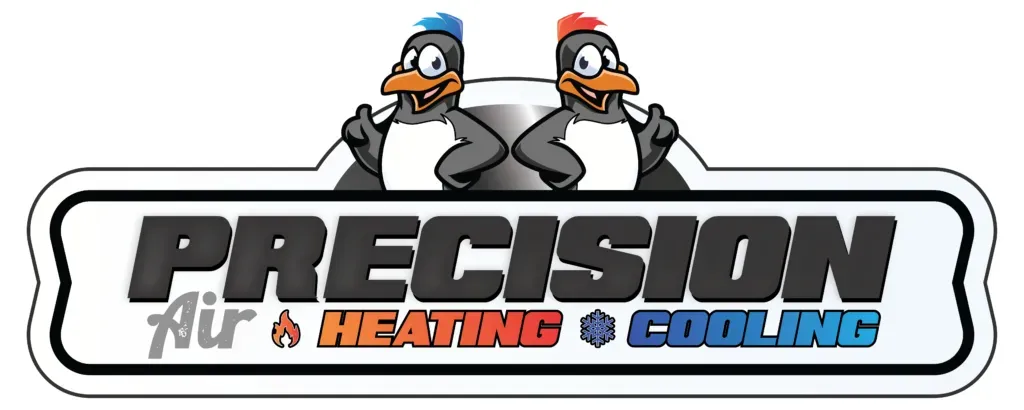5 Signs Your Heat Pump Will Thrive in Cold Weather

When winter rolls in, many homeowners worry whether their heat pump can keep their home warm and efficient. Unlike traditional furnaces, heat pumps transfer heat rather than generating it, making them energy-efficient even in colder temperatures. But not all heat pumps are created equal—some handle chilly conditions better than others. Recognizing the signs of a heat pump that will thrive in cold weather helps you stay comfortable and avoid costly repairs.
If you notice your system struggling, remember that professional heat pump repair services can restore performance quickly. Likewise, a properly installed system performs optimally, so always consider trusted heat pump installation professionals for new setups.
1. Efficient Operation at Low Temperatures
A heat pump designed for cold weather can maintain efficiency even when temperatures dip below freezing. Modern cold-climate heat pumps use advanced compressors and refrigerants to extract heat from the outside air, even in extreme cold.
If your heat pump continues to deliver warm air without overworking or frequently cycling on and off, it’s a good sign your system is prepared for winter challenges. For optimal performance, regular upkeep is essential. Consider enrolling in a heat pump maintenance plan to ensure all components are functioning properly before cold weather arrives.
2. Minimal Frost and Ice Build-Up
Frost accumulation is a common concern for heat pump owners. Ice can reduce efficiency and put strain on the system, but a well-functioning cold-weather heat pump has a reliable defrost cycle that prevents excessive build-up.
Signs your heat pump manages frost effectively include:
- Regular, brief defrost cycles without impacting home comfort
- No ice accumulation on the outdoor unit
- Steady heating performance even on very cold days
If you notice abnormal frost or ice, it may indicate an issue requiring heat pump repair to prevent further damage. Early intervention keeps your system efficient and protects your investment.
3. Strong and Consistent Airflow
Even in frigid temperatures, a thriving heat pump maintains strong and consistent airflow throughout your home. Reduced airflow can signal clogged filters, frozen coils, or other mechanical issues.
Tips for ensuring your heat pump’s airflow remains strong
- Replace or clean filters regularly
- Keep vents and registers unobstructed
- Schedule professional inspections to check coils and fans
A regular heat pump maintenance plan can address airflow problems before they affect performance, saving you from costly repairs later.
4. Reliable Supplemental Heat Activation
Some heat pumps include supplemental or auxiliary heating for extreme cold. A heat pump that thrives in cold weather uses this backup heat efficiently, activating only when necessary and blending seamlessly with the main system.
Signs that your supplemental heat is functioning properly include:
- Quick response to sudden temperature drops
- Minimal energy spikes when backup heat activates
- Even temperature distribution throughout your home
If your supplemental heat isn’t performing, it may be time for heat pump repair services or a professional check during installation to ensure the system is optimized for cold climates.
5. Quiet, Smooth Operation
Cold-weather heat pumps that thrive are quiet and operate smoothly, even during defrost cycles or when supplemental heat kicks in. Loud or unusual noises, like banging, rattling, or squealing, can indicate mechanical stress or worn components.
Regular maintenance and inspections are crucial to avoid these issues. A dedicated heat pump maintenance plan ensures components like compressors, fans, and motors are lubricated and functioning properly. When noise or irregular performance occurs, professional heat pump repair is the safest solution.
Extra Tips for Cold-Weather Heat Pump Success
Even the best heat pump needs some attention to perform optimally in cold climates. Follow these simple tips:
- Schedule professional inspections before winter: A certified technician can identify potential problems early.
- Keep outdoor units clear: Remove snow, ice, and debris to maintain airflow and efficiency.
- Monitor performance: Track your energy bills and indoor temperatures to spot inconsistencies.
- Upgrade when necessary: If your system struggles despite proper maintenance, a new cold-climate heat pump installation may be the best long-term solution.
Why Professional Care Matters
Cold-weather heat pumps are sophisticated systems, and even minor issues can reduce efficiency or cause failures. By relying on professional services, you ensure your heat pump operates safely and effectively:
- Heat pump repair: Quickly address problems before they escalate.
- Heat pump installation: Ensure new systems are properly sized and installed.
- Maintenance plans: Prevent HVAC breakdowns with regular inspections and tune-ups.
- Contact us: Get expert guidance and service whenever needed.
Investing in professional care keeps your home cozy all winter, reduces energy bills, and extends the lifespan of your system.
Maximize Your Heat Pump’s Winter Performance with Precision Air & Heating

A heat pump that thrives in cold weather delivers consistent warmth, efficiency, and peace of mind. By monitoring key performance signs, efficient operation, minimal frost, strong airflow, reliable supplemental heat, and smooth operation, you can enjoy a comfortable home no matter how low the temperatures drop.
Don’t wait until a winter emergency arises. Protect your investment with routine maintenance plans, professional inspections, and reliable repair services. If you need assistance, contact us today for expert support, and ensure your heat pump is ready to face even the coldest days.




